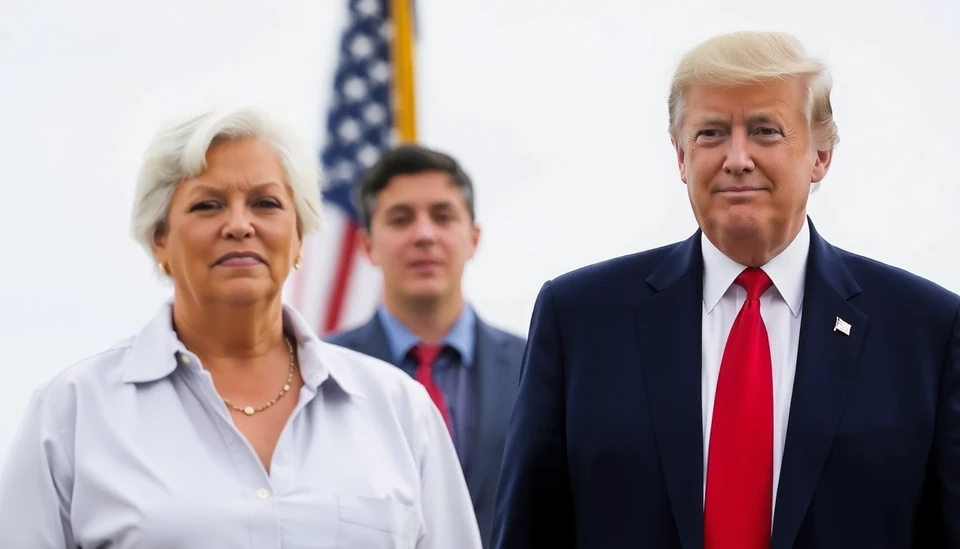
As battle lines harden over the immigration policy around most developed countries, a Wharton professor joins the fray with an economic case for more immigration. The argument provides strong analytical treatment of how immigration can positively influence economic growth and workforce dynamics, aiming to shift often polarized perspectives on this global issue.
Professor Jeremy Siegel of the Wharton School at the University of Pennsylvania has just published an exhaustive study underlining various reasons that favor increasing immigrant inflow into the United States. The report could not have come at a better time as policy framers and citizens struggle to balance cultural, social, and economic factors that shape the nation's immigration policies.
Probably the most significant single economic benefit that more immigration would bring about is the spur it would give to overall economic growth, according to Siegel. He says that immigrants contribute much to the labor force in terms of filling gaps in the vital industries that suffer labor shortages. The influx of immigrants-especially those who have acquired particular skills-can push innovation and efficiency in those technology and health care-type industries where skilled labor is often in short supply.
Moreover, as the professor explains, immigrants do not just complete positions but create new opportunities by opening businesses, hence driving entrepreneurship and further enriching the job markets. This entrepreneurship in the immigrant community roots back to very historical dimensions and has played a deeply important role in the economic development of the country, illustrated by numerous success stories from Silicon Valley and beyond.
The other important argument that came forward from the research findings is that of the demographic challenge facing the U.S., with its native-born population growing older. If the fertility rates fall, an ageing population implies grave challenges to the sustainability of social security systems and the economy at large. According to Siegel, a steady infusion of younger immigrants might ease such pressures by helping maintain a better balance between workers and retirees.
Those who oppose increased immigration often refer to such considerations as resource distribution, potential wage depression, and problems in cultural assimilation. But Siegel's report takes such challenges into account and projects thoughtful policy frameworks to deal with such misgivings. He still argues for a prudent balance in immigration reform-that which will meet the economic needs and at the same time emphasize the integration of new people into the nation's social and economic fabric.
Concluding his study, Siegel insists that strategic adoption of immigration policies could be a strong tool for the revival of the American economy. He thus calls on lawmakers to rethink current positions on immigration and to consider the potential benefits of immigration through informed policy decisions.
This will undoubtedly lead to strong debate among economists, policymakers, and the general public, adding that much-needed economic perspective to the current debates over immigration policy. As yet, it is not clear how these discussions will shape the future immigration strategies in the United States and beyond.
This nuanced look at immigration and its economic consequences offers a new way, one which tries to transcend common stereotypes and fears toward solution-building that can drive prosperity for all.
#Immigration #Economy #Wharton #JeremySiegel #EconomicGrowth #Workforce #Policy #Entrepreneurship #Innovation
Author: Laura Mitchell




